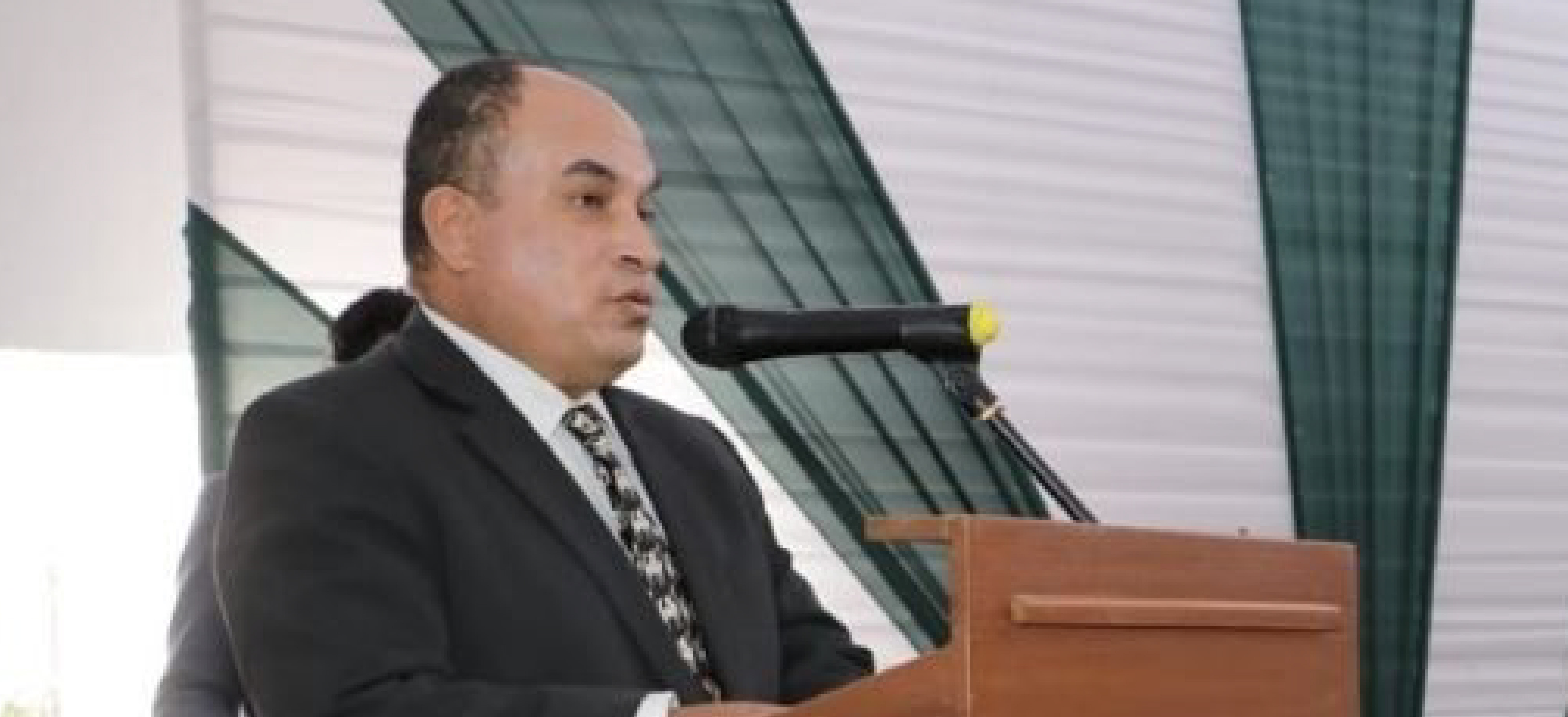Arequipa, NOVEMBER 22 2022 Sociedad Agrícola de Arequipa: Mining Can Help Overcome the Crisis in Agriculture

During an interview granted to the Peruvian Institute of Mining Engineers (IIMP), Daniel Lozada, president of the Sociedad Agrícola de Arequipa (Agricultural Society of Arequipa - Sada), shares his impressions on the relation between the mining sector and agriculture, especially in the south. He also tells us about the plans that must be implemented to set our stagnant agriculture, currently in a critical state, back in motion.
Agriculture is a sector that has received very little support in our country over the past decades. How can we change this situation?
As Sociedad Agrícola de Arequipa, we have a disruptive proposal, which we presented at PERUMIN 35. It involves the necessary coexistence of agriculture and mining. Mining and agriculture have to be the development team of the Arequipa region and the country because we have already seen that confrontation and the “yes to mining, no to agriculture” conflict have brought us nothing but the hunger, desolation, and abandonment we see today. We have an agricultural sector practically broken, without water infrastructure, unattended for the most part, and without investments for its development.
Besides, productivity levels of the agricultural sector are also far below other sectors’, such as mining or construction. How can we close this gap?
Without a doubt, going for technology, which is already available. For example, Peru is a leader in irrigation technology. We are pioneers in terms of area and quality of the systems installed for pressurized irrigation in deserts. We also have agricultural terraces in Ancash where blueberries are being planted industrially in casemates, in greenhouses. That is technology and that is what we have to incorporate into agriculture in the countryside.
Could mining help agriculture overcome the crisis?
Obviously, the countryside is decapitalized; the agricultural sector is undergoing a very serious economic crisis. Therefore, we have to work together with mining because mining, by fostering and supporting the development of the agricultural sector across Peru, is going to create connections so that social conflicts—which are taken advantage of by self-interested parties, by manipulators—will not succeed.
In which specific way could the mining sector help agriculture?
We are developing a bill mandating that 30% of the canon (fiscal redistribution) be obligatorily spent by local, provincial, and regional governments on hydraulic irrigation works, new technologies, and better irrigation systems, as the ones we mentioned at the beginning.
What can you tell us about water sowing and harvesting?
Water sowing and harvesting in headwaters, at the beginning and in the middle part of the basin, is crucial. Unfortunately, in our country we have talked a lot about water sowing and harvesting, but we have done very little. We need massive work involving young people, universities, and people in tree planting sector. We need to plant hundreds of millions of trees across Peru to capture, sow, and then harvest water, with the construction of cochas (artificial wetlands), dams, and mini dams to be in the position to use this practice in agriculture.
We have had a dam and water infrastructure deficit for several years now. Not much progress has been made, much less now.
Absolutely. The coastal strip of the Arequipa region, which is the largest in Peru, discharges twenty billion cubic meters of fresh water into the sea every year, i.e., about twenty Angostura dams. With all that water, plus the water from the projects that are truncated or half done owing to political issues of arbitration and all the legal political mess, we could easily irrigate over a million hectares in the region of Arequipa.
How do you interpret the conflicts between regions over water?
I think we must re-engineer regionalization because this regionalization of the departments has caused that the river basins, which are actual, physical units that already exist, be separated, divided, creating conflict in a country that needs peace.
Do you communicate with Jenny Ocampo, minister of Agricultural and Irrigation Development?
We have not had any communication so far, but we have been invited to dialogue. We hope and are going to work for this dialogue to be fruitful.
Do you trust this administration’s work?
We have to trust them. There has already been six ministers and we have seen no results. That means that changing ministers is not the answer.
Finally, is coexistence between mining and agriculture really possible?
Absolutely possible and real. We see it. It is real.







